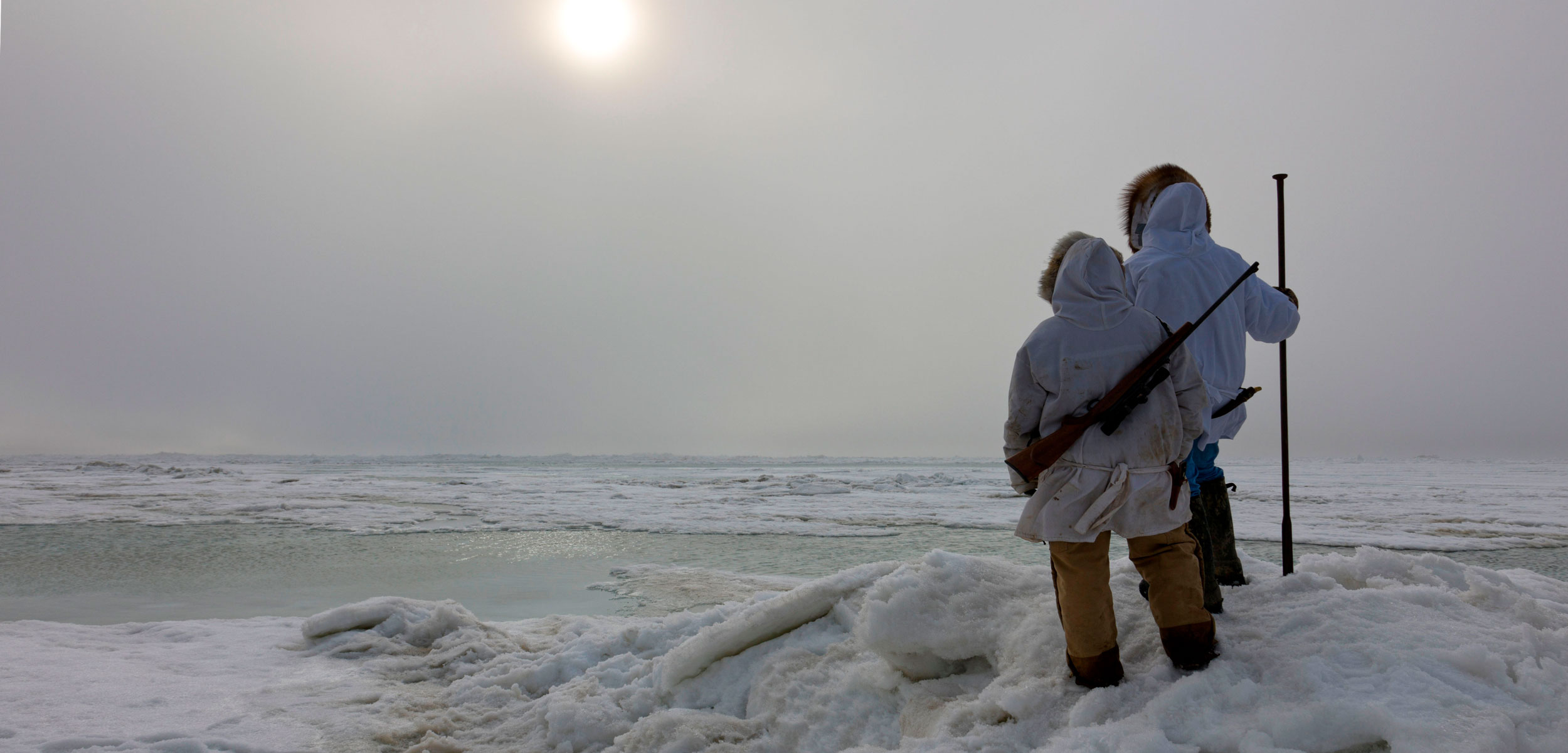In a First, Alaska’s Arctic Waters Appear Poised for Dangerous Algal Blooms
Climate change is bringing potentially deadly dinoflagellate blooms to the Far North, posing a new risk to food security.
Article body copy
Researchers in Alaska’s Chukchi Sea region have found massive numbers of a tiny dinoflagellate called Alexandrium catenella lurking in a largely inert state on the seabed. The microorganisms, which have never before been mapped in such large numbers in Alaska’s Arctic, produce algal blooms known as red tides that carry a toxin that is potentially fatal to people and marine wildlife. The discovery is concerning for those living in an area where human diets and economies are wed to the ocean.
According to Evie Fachon, a biologist at the Woods Hole Oceanographic Institution in Massachusetts, the dinoflagellates likely drifted north as inert cysts from warmer waters, and have been lying on the seafloor for some unknown amount of time. Fachon says that, like a seed, these cysts can remain dormant but alive for long periods in inhospitable environments, only blooming under the right conditions.
Although A. catenella cysts have been found this far north in the past, researchers believe cold water and widespread sea ice, which blocks sunlight from entering the water, have historically prevented them from blooming. But now, that appears to be changing.
“As waters warm and sea ice decreases in the Arctic,” says Fachon, they “are experiencing an opportunity to grow that they have not had in the past.” Research indicates continued warming will make large blooms more likely.
The problem with A. catenella, says Kathi Lefebvre, a research biologist with the National Oceanic and Atmospheric Administration Northwest Fisheries Science Center in Seattle, Washington, is that it can produce saxitoxin, a neurotoxin that paralyzes the nervous system in wildlife and humans and cannot be removed by cooking or freezing. In people, saxitoxin is lethal in such small doses that it was once tested as a biological weapon by the US military. In the ocean, saxitoxin and similar poisons have been implicated in sudden die-offs of fish, birds, and marine mammals, including humpback whales in Massachusetts and sea lions in California. Its most common impact on humans is through shellfish, including the potentially deadly paralytic shellfish poisoning.
Following up on earlier evidence that A. catenella may be establishing itself in the warming waters of the Arctic—including the presence of saxitoxin in whales, seals, walruses, and clams—Fachon and her colleagues examined seafloor sediments to reveal extensive beds of A. catenella cysts across an estimated 1,000 kilometers of the Chukchi Sea.
The size of these A. catenella beds is unprecedented, says Fachon, eclipsing even those in Maine and other regions where algal blooms cause fisheries closures every summer. That’s a sobering comparison for northern Alaska, where people in dozens of communities have relied on the ocean for food for thousands of years.
John Chase, a subsistence hunter and longtime resident of Kotzebue, Alaska, along the southern coast of the Chukchi Sea, says that the remoteness of Arctic communities creates a unique dependence on the ocean. With no road connection to global supply chains, Kotzebue’s 3,200 residents overwhelmingly rely on healthy populations of marine mammals, seabirds, and fish, he says.
“Subsistence hunting makes the world go around here,” says Chase. As well as the new threat from toxin-producing dinoflagellates, other climate-related changes, such as disappearing sea ice and warming oceans are already interfering with access to the foods that have long supported Arctic communities.
The immediate concern, says Lefebvre, is that A. catenella may affect the food security of those in northern communities. “This is a tricky subject,” says Lefebvre. “We don’t know what’s coming next, but we are sharing the information so communities are aware.”
Lefebvre stresses that more research, monitoring, and information sharing is needed. She says this is already happening through a broad collaboration of agencies, communities, tribal councils, and others. Especially important is listening to subsistence hunters and community members who are closest to the animals that may be impacted first. “We could not do this research without help from the communities,” she says.

